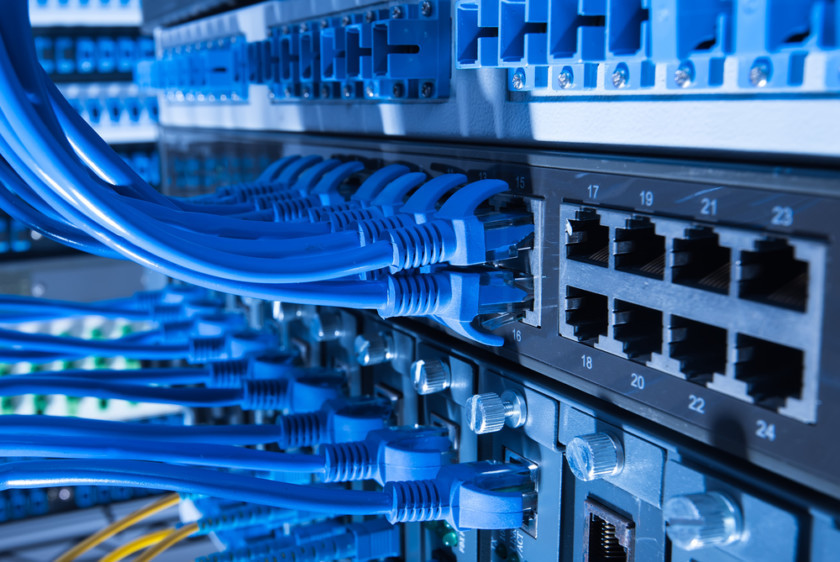As technology evolves, the demand for efficient and reliable networks is growing. One such technology that has significantly improved network performance is EtherChannel. Also known as link aggregation, EtherChannel is a Cisco networking technology that combines multiple physical links between network devices into a single logical link to enhance bandwidth, redundancy, and load balancing (Cisco, 2021). This article will delve into the concept of EtherChannel, its use cases, and the benefits it brings to modern networks.
Understanding EtherChannel
EtherChannel was introduced by Cisco as a way to increase network performance by grouping multiple Ethernet links into a single logical connection (Cisco, 2021). This technology allows for the combined bandwidth of multiple links to be utilized simultaneously, ensuring that networks can handle higher traffic loads without bottlenecking. EtherChannel also provides redundancy, as the failure of one link in the group does not cause the entire connection to fail (Lammle, 2016).
There are two primary protocols used to establish and manage EtherChannel connections: the Port Aggregation Protocol (PAgP) and the Link Aggregation Control Protocol (LACP). PAgP is a Cisco-proprietary protocol, while LACP is an IEEE standard (IEEE 802.3ad) and is widely supported by other networking vendors (Cisco, 2021). Both protocols enable dynamic negotiation between network devices to form EtherChannels automatically.
Use Cases for EtherChannel
- Enhanced Bandwidth
One of the primary benefits of EtherChannel is its ability to combine the bandwidth of multiple physical links, resulting in increased network performance (Lammle, 2016). This is particularly useful for organizations with high traffic demands, such as data centers, large enterprises, or Internet Service Providers (ISPs). By aggregating links, EtherChannel enables these networks to handle higher traffic loads without the risk of bottlenecking or performance degradation.
- Load Balancing
In addition to increasing bandwidth, EtherChannel also provides efficient load balancing across the aggregated links (Cisco, 2021). This ensures that traffic is evenly distributed among the available links, preventing individual links from becoming overloaded while others remain underutilized. Load balancing can be achieved using various algorithms, including source and destination MAC addresses, IP addresses, or Layer 4 port numbers (Lammle, 2016). This flexibility allows network administrators to optimize traffic distribution based on their specific network requirements.
- Redundancy and Fault Tolerance
Another crucial use case for EtherChannel is the provision of redundancy and fault tolerance in network connections (Cisco, 2021). By bundling multiple links together, EtherChannel ensures that if one link fails, the remaining links continue to carry the traffic without causing a complete loss of connectivity. This level of fault tolerance is vital for mission-critical applications and environments where downtime can lead to significant financial or operational losses.
- Simplified Network Management
EtherChannel technology simplifies network management by treating multiple physical links as a single logical connection (Lammle, 2016). This approach reduces the complexity of managing multiple individual links and allows for centralized configuration and monitoring. Network administrators can easily manage and monitor the aggregated links through a single interface, saving time and effort.
- Interoperability
As EtherChannel supports the widely used LACP protocol, it ensures interoperability between devices from different vendors (Cisco, 2021). This flexibility enables organizations to build and maintain heterogeneous networks without being locked into a single vendor’s ecosystem.
Conclusion
In conclusion, EtherChannel is a powerful networking technology that improves network performance and reliability by aggregating multiple physical links into a single logical connection. Its use cases include enhanced bandwidth, load balancing, redundancy, fault tolerance, simplified network management, and interoperability. By leveraging EtherChannel, organizations can optimize their networks to handle increased traffic demands and provide a robust, fault-tolerant infrastructure. As technology continues to advance, EtherChannel remains a vital component in the design and implementation of efficient, high-performance networks.
References:
Cisco. (2022). Understanding EtherChannel load balancing and redundancy on Catalyst switches. Cisco. Retrieved from https://www.cisco.com/c/en/us/support/docs/lan-switching/etherchannel/12023-4.html
IEEE 802.3ad. (n.d.). In IEEE Standards Association. Retrieved from https://standards.ieee.org/standard/802_3ad-2000.html
Lammle, T. (2016). CCNA Routing and Switching Complete Study Guide: Exam 100-105, Exam 200-105, Exam 200-125. John Wiley & Sons.

